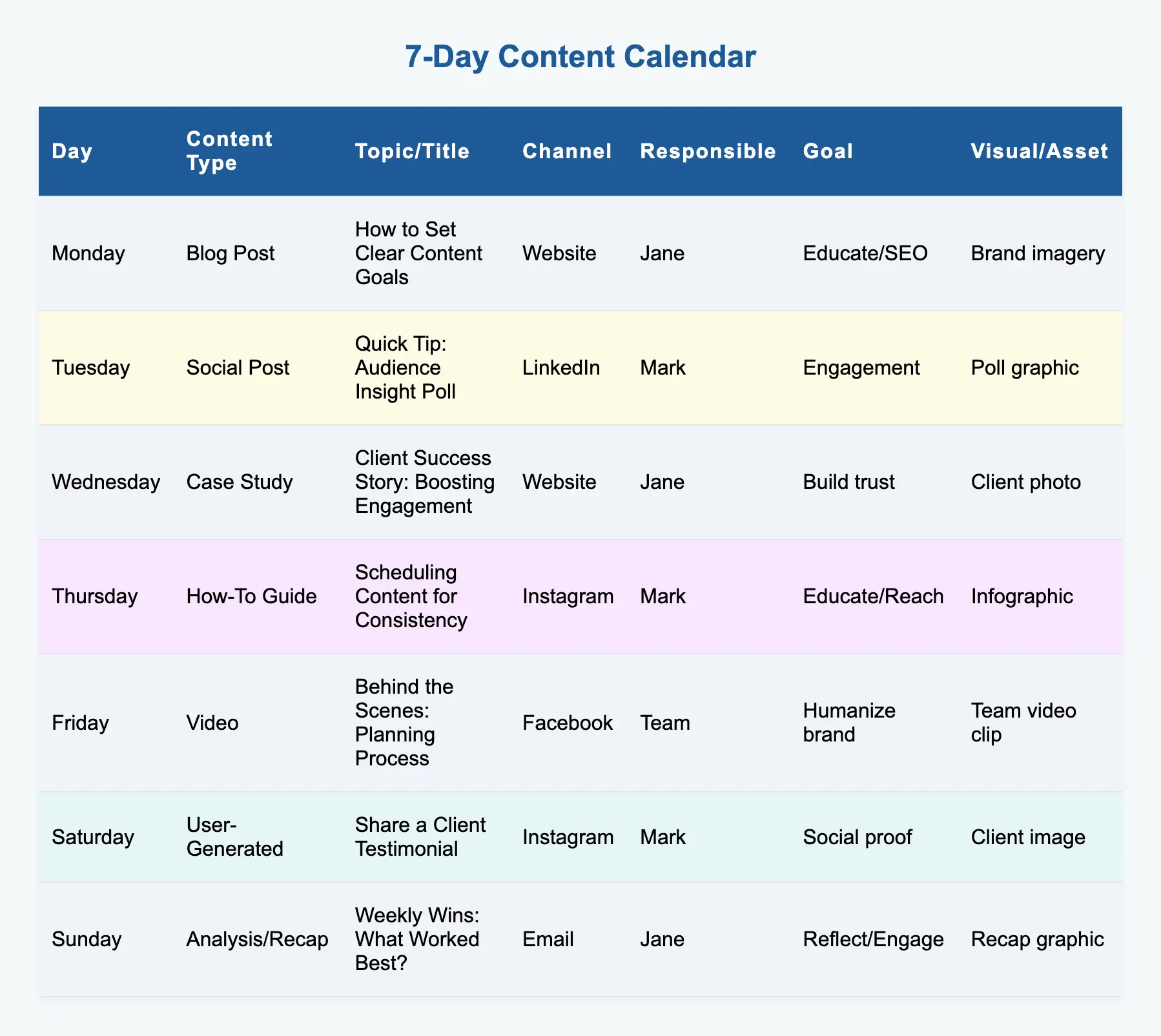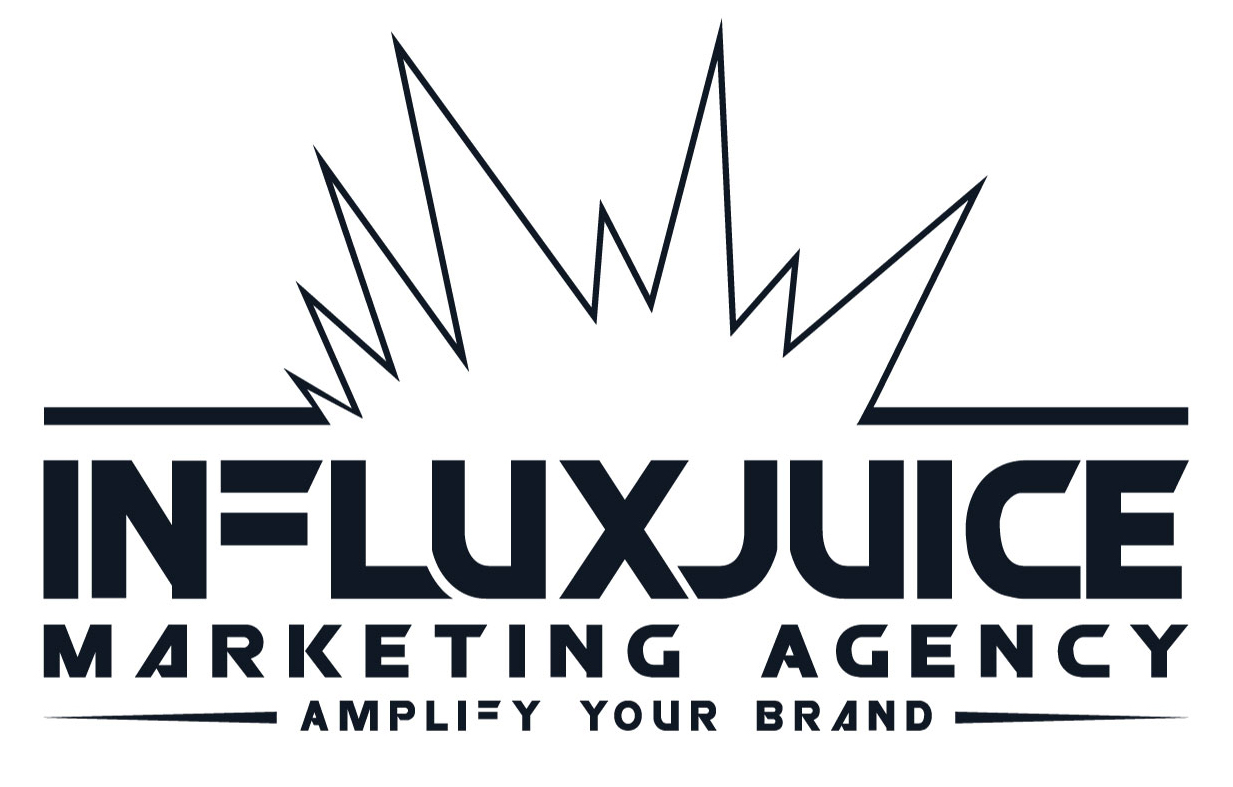The Importance of a Content Calendar for Consistent Marketing
Creating a content calendar is essential for businesses and content creators who want to communicate clearly and consistently. At first, building a calendar might seem complicated or time-consuming. However, with a clear plan and a good understanding of your audience, it becomes much easier and highly effective.
Take dcpweb.co.uk as an example. This London-based web design agency is well-known for its expertise in web design, branding, and digital marketing. They have developed a content calendar strategy that helps them publish engaging, timely, and valuable content regularly. This approach keeps their audience interested and builds trust over time.

Their success comes from a deep understanding of their audience. Their typical readers include entrepreneurs, marketing professionals, and small to medium-sized business owners. These groups look for expert advice on web design and digital marketing. By focusing on the specific needs and challenges of this audience, dcpweb.co.uk creates content that truly matters to them.
Setting Clear Goals to Shape Your Content Calendar
One of the first steps in creating a content calendar is to set clear, specific goals. What do you want your content to achieve? Are you aiming to increase brand awareness? Or perhaps you want to generate leads or establish your company as a thought leader in your industry.
DCP Web Designers use their content to showcase their knowledge and services. Their goal is to educate their audience while building credibility. When you set clear goals, it helps guide the topics you choose and the type of content you produce. It also gives you a way to measure how successful your content is over time.
Consistency is another key factor. DCP Web Designers have found a publishing rhythm that keeps their audience engaged without overwhelming them. This balance varies depending on your resources and how your audience interacts with your content. For some, posting once a week is enough; for others, multiple posts per week work better.
Balancing Content Types and Timing for Maximum Engagement
A successful content calendar includes a variety of content types. DCP’s strategy involves mixing blog posts, case studies, how-to guides, and industry updates. This variety keeps their content fresh and interesting. It also meets the different needs of their audience, who may prefer one format over another.
Timing is just as important as content variety. DCP plans their content around important dates, product launches, and industry events. This ensures their content is relevant and reaches the audience when they are most interested. For example, publishing a blog post about website design trends just before a major industry conference can generate more attention.
Flexibility is vital in today’s fast-changing digital world. Trends and audience interests can shift quickly. DCP Web Designers stay updated on the latest developments in web design and digital marketing. They adjust their content calendar to take advantage of new opportunities or respond to changes in the market.
Incorporating Visuals and User Stories into Your Content Calendar

Visual content plays a powerful role in making your content calendar more effective. Photos and graphics that feature people – whether clients, team members, or target customers – help your audience relate to your brand on a personal level. This human touch increases engagement and makes your messages more memorable.
DCP Web Designers also include user-generated content and client testimonials in their calendar. Sharing real stories from satisfied customers builds trust and shows the value of their services. These stories act as social proof, encouraging potential clients to take action.
In addition, multimedia elements like videos, infographics, and podcasts can enhance your content. Videos offer an immersive way to explain complex ideas, while infographics make data easy to understand and share. Podcasts provide a convenient way for your audience to consume content on the go. Including these formats in your calendar adds variety and broadens your reach.
Analyzing and Adapting Your Content Calendar for Better Results
A content calendar should never be static. Regular analysis and revision are essential to keep your strategy effective. DCP Web Designers track how their content performs against their goals. They look at metrics like website traffic, social media engagement, and lead generation.
Based on this data, they refine their calendar. They may increase content types that perform well or adjust timing to better match audience behavior. This ongoing process helps improve results over time.
By adopting these practices from dcpweb.co.uk, your business can also improve its content marketing efforts. Careful planning, understanding your audience, and staying flexible are key to success. A well-managed content calendar helps your content reach more people and have a greater impact.
Enhancing Your Content with Multimedia Elements

To wrap up, a content calendar that works well combines several elements: clear goals, audience insight, diverse content types, well-timed publishing, flexibility, strong visuals, and continuous analysis. These components create a powerful tool that supports your marketing objectives.
Visuals and user stories add emotional connection and trust. Multimedia enriches the user experience. Social media platforms offer unique ways to share and engage. Each platform has unique characteristics and audiences, which require tailored content to maximize engagement. For instance, Instagram’s visually-driven platform is ideal for sharing eye-catching graphics and behind-the-scenes looks into company culture, while X’s concise format is perfect for quick updates and engaging with followers in real-time.
SEO best practices ensure your content is discoverable by new audiences. A content calendar should be designed with SEO in mind to ensure that content not only reaches the intended audience but also attracts new visitors through organic search. This involves keyword research, crafting compelling meta descriptions, and optimizing content structure for readability and search engine algorithms.
Finally, encouraging feedback and community interaction helps you understand your audience better. This insight feeds back into your calendar, making it even more effective.
7-Day Content Calendar Example

Bringing It All Together: A Holistic Approach to Content Planning
Lastly, the power of community engagement should not be overlooked. Encouraging dialogue and feedback through comments, social media interactions, and forums can provide valuable insights into audience preferences and content performance. It also helps build a loyal following that feels connected to the brand on a more personal level.
Incorporating these additional elements into a content calendar enriches the content strategy, ensuring that businesses not only meet but exceed their audience’s expectations. By following this holistic approach, your content calendar will not only keep your marketing organized but also help your business grow and thrive in a competitive digital space.
_________________________________________________________________
Want to know how to increase customers and sales for your business?
Tap here to chat to me and I’ll show you how we make it happen.
If you’ve enjoyed reading today’s blog, please share our blog link below.
Do you have a blog on business and marketing that you’d like to share on influxjuice.com/blog? Contact me at rob@influxjuice.com.
Want to know how we can guarantee a mighty boost to your traffic, rank, reputation and authority in you niche?
Click here to access our Playbook – ‘SEM/GEM Guide’.

